The winged flight capability sets the Jetman team apart from other jet-powered personal flight devices like jet boards, jetpacks and jet suits, because it allows more efficient flight at very high speeds of up to 400 km/h (250 mph), as well as some pretty awesome aerobatic capabilities. The Jetman team is the only group willing to take its device up to high altitudes at this point, and has flown alongside airliners in previous flights when launched aerially out of other aircraft.
In this new video, Nathan Finneman hovers briefly after takeoff before hammering the throttle and rocketing the new four-turbine jet wing up to an altitude of 1,800 m (6,000 ft) over the city of Dubai, performing some gratuitous loops and then pulling the parachute cord for a soft landing. No point wasting fuel on a VTOL landing when a 'chute will do the job just fine!
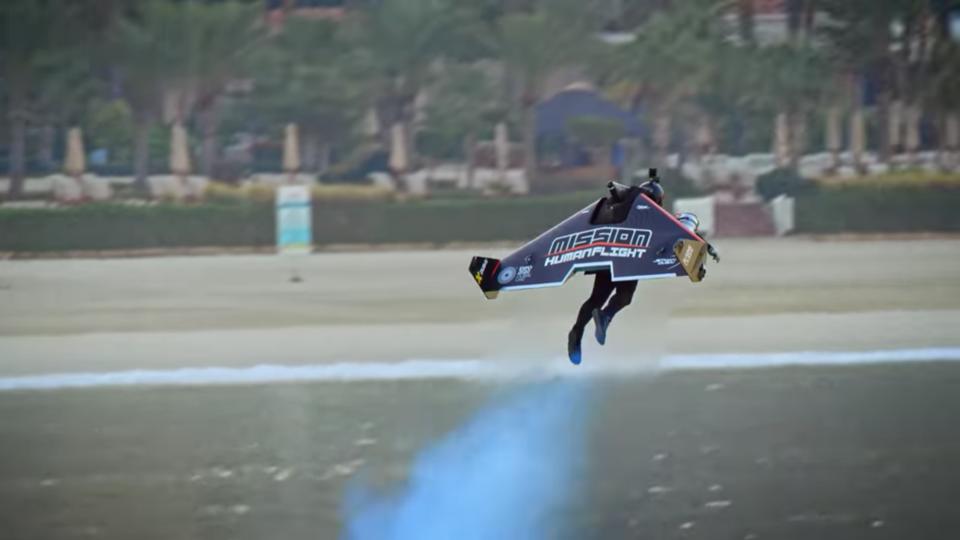
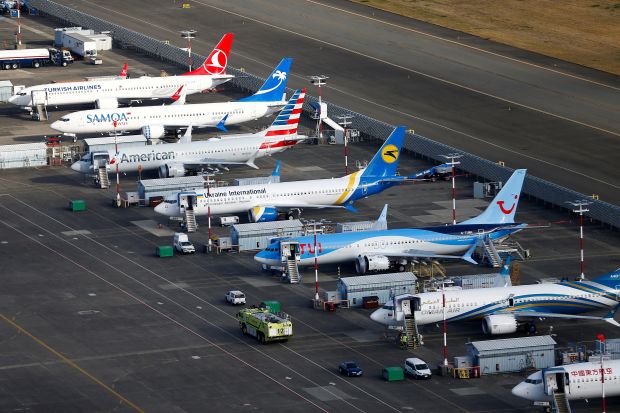
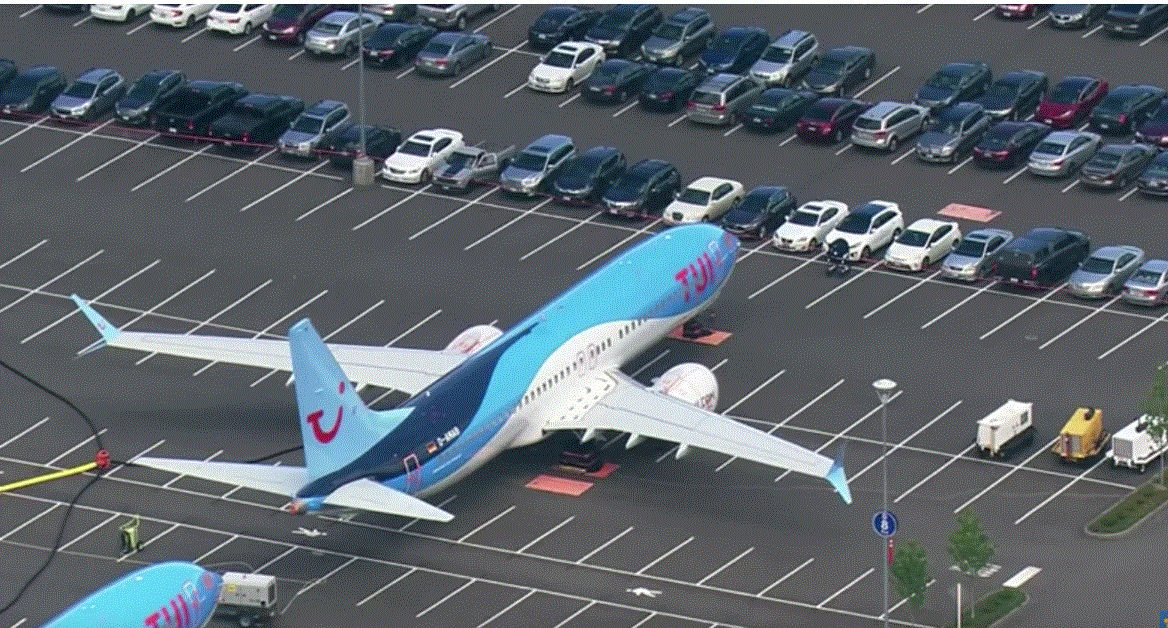
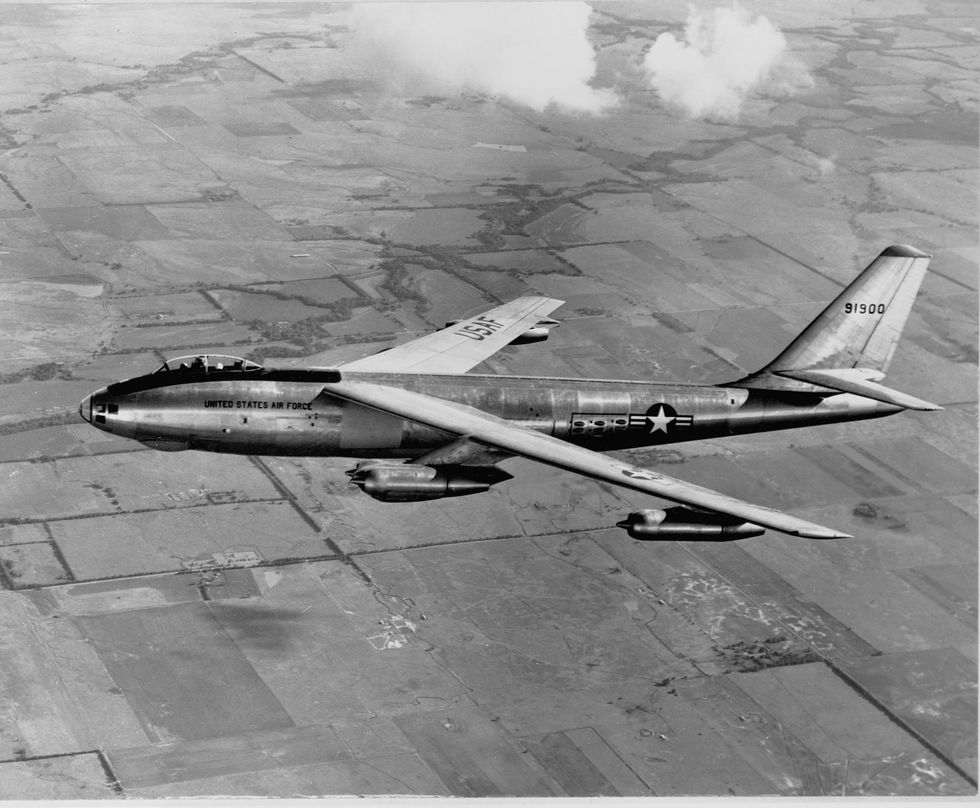
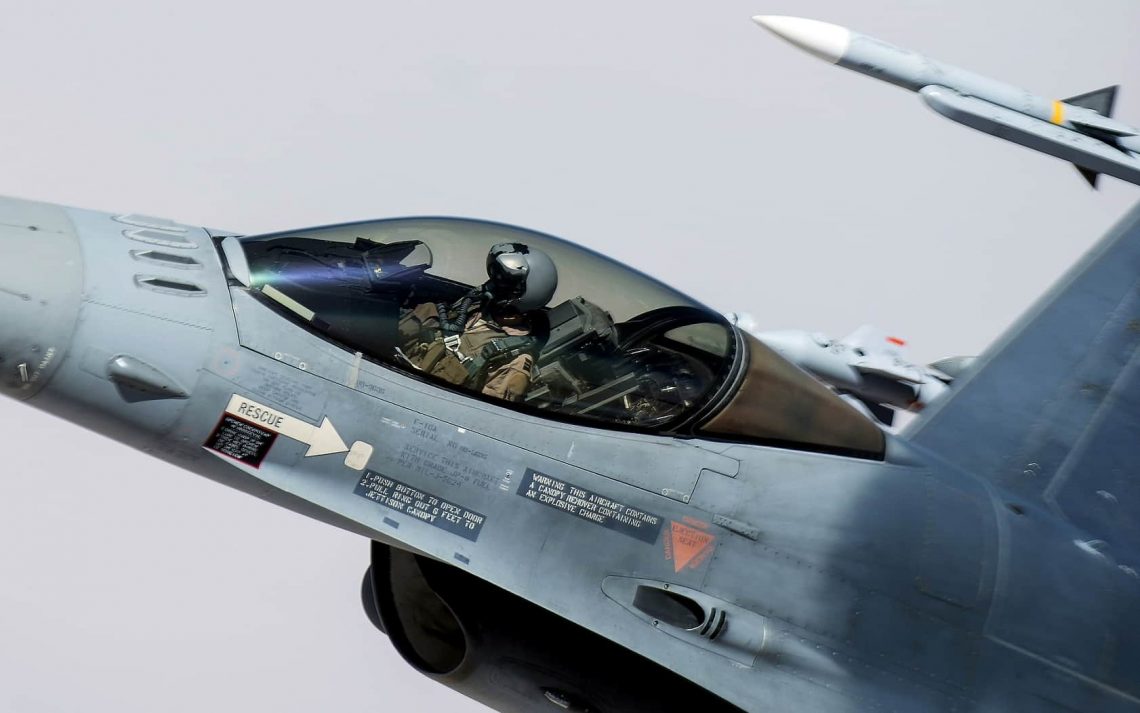

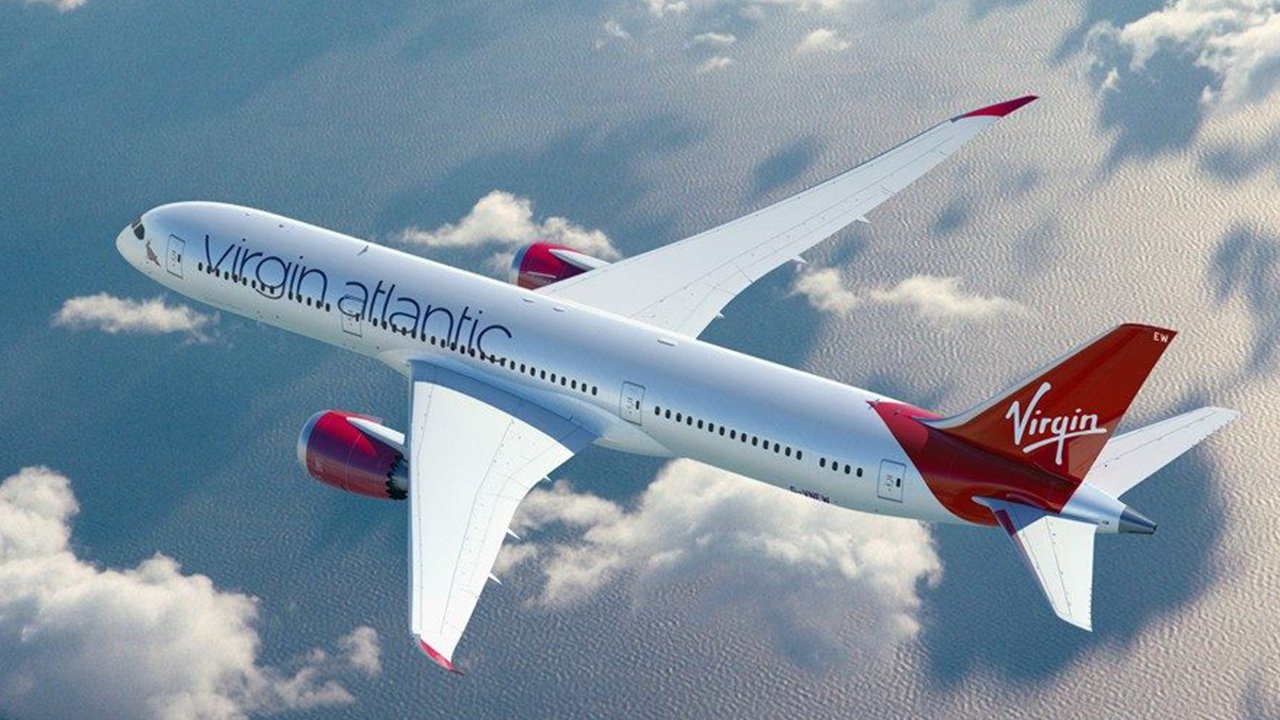
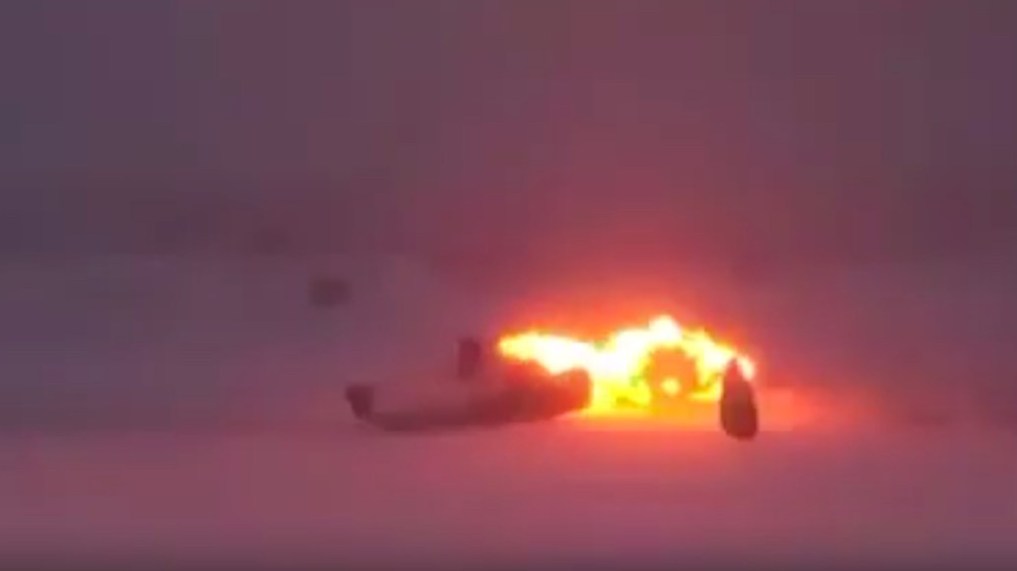
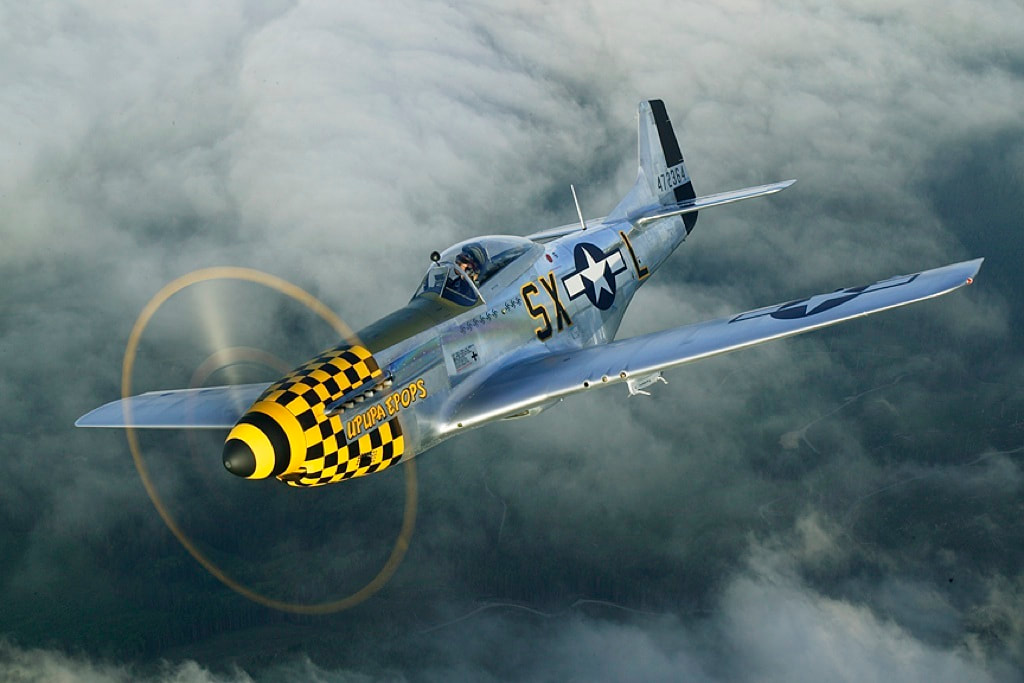
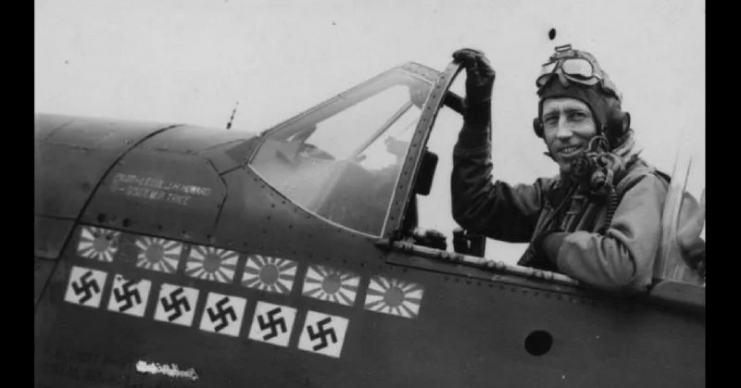
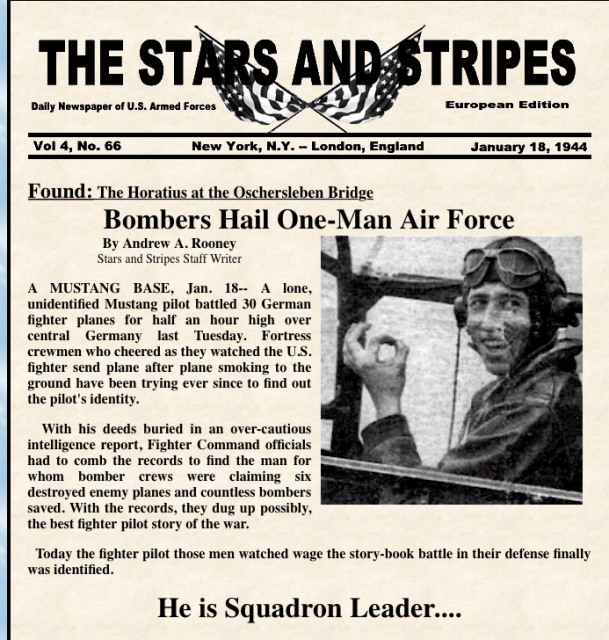

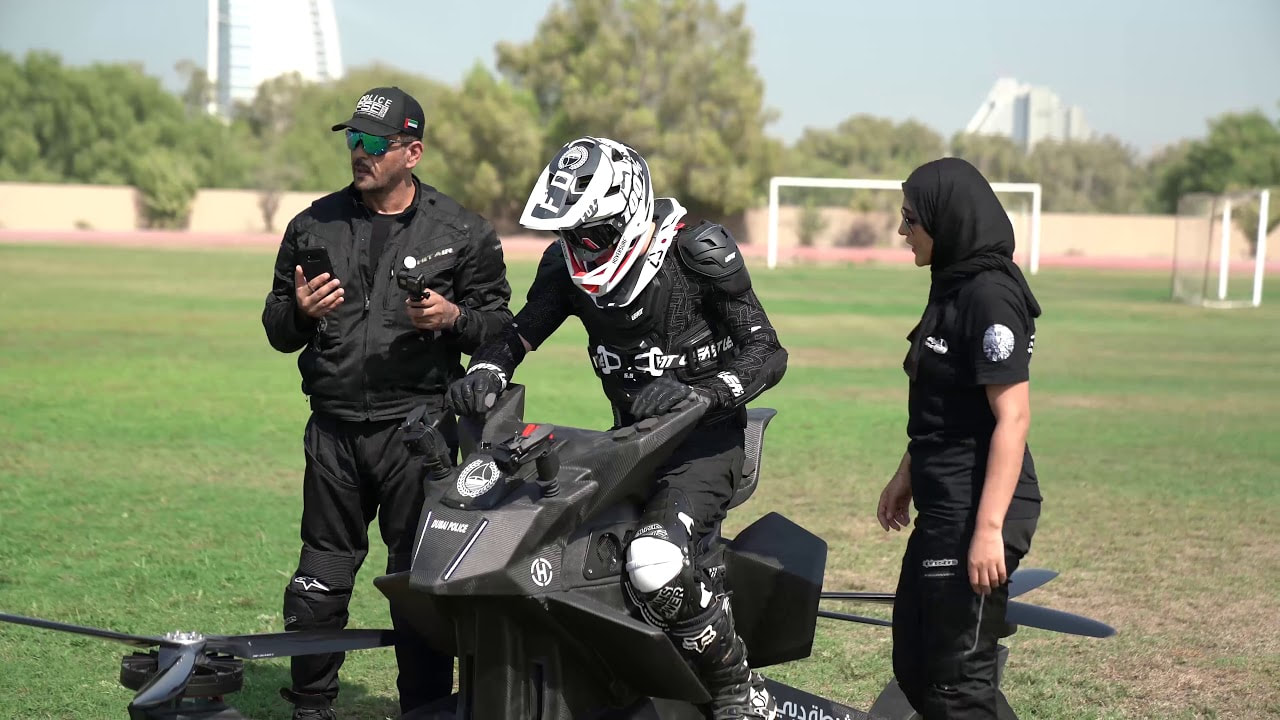
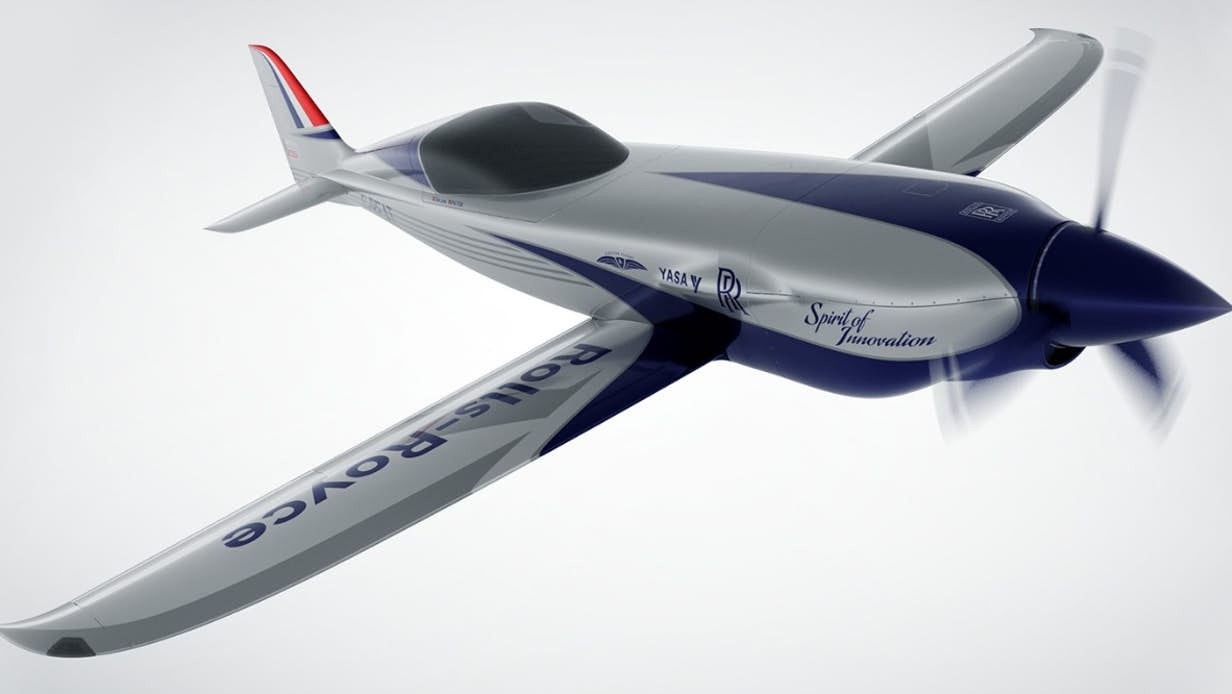

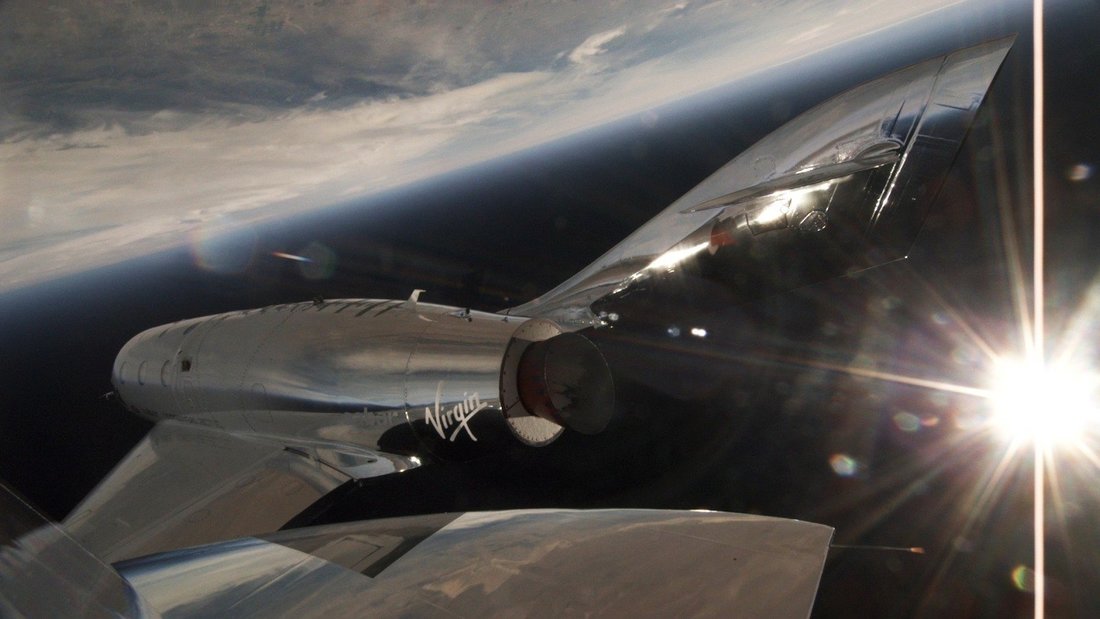

 RSS Feed
RSS Feed